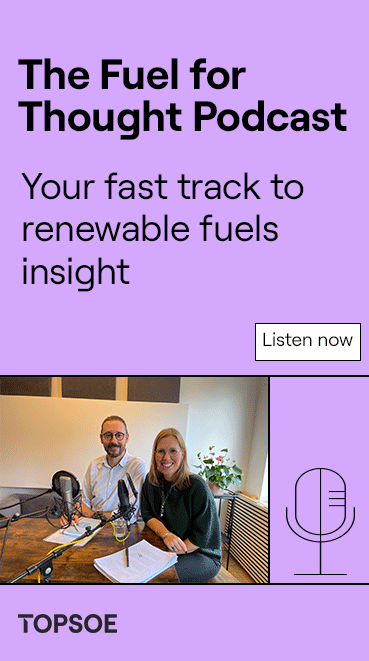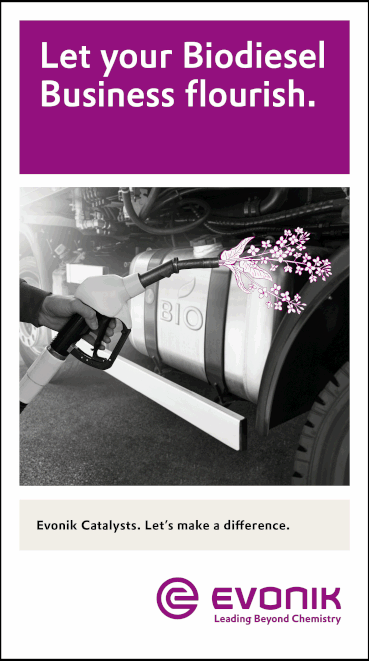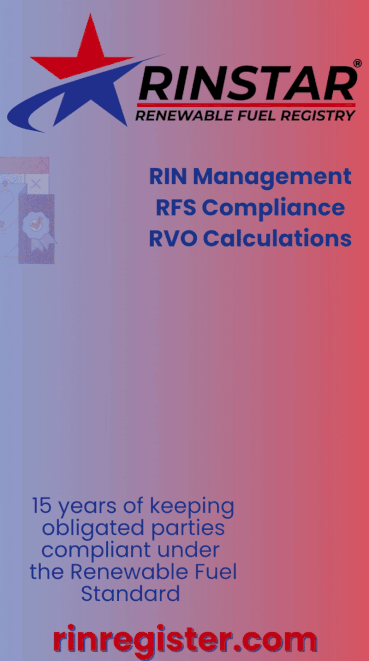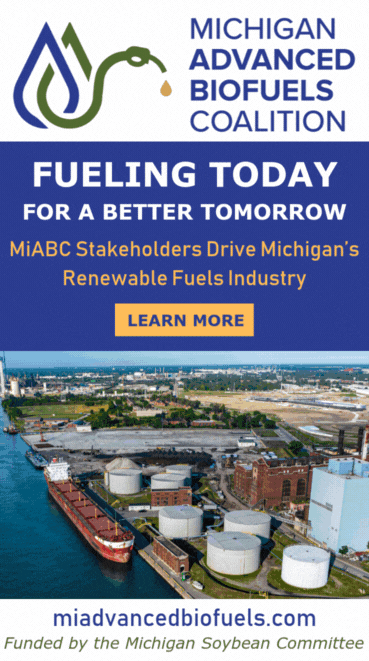Diamond DA42-VI training aircraft flies with SAF for 1st time
- Diamond Aircraft Industries
- Sep 29, 2023
- 4 min read

Diamond Aircraft Industries announced Sept. 28 that, following extensive tests and preparations, training aircraft from the European Flight Academy—a brand of Lufthansa Aviation Training—made a few circuits of the aerodrome at Bremen Airport in northern Germany for the first time. The DA42-VI from the Austrian aircraft manufacturer Diamond Aircraft was fully fueled with sustainable aviation fuel (SAF).
This flight was the result of intensive preparation between LAT, Diamond Aircraft and the engine manufacturer Austro Engine.
Bremen Airport was deliberately chosen for this flight as it counts among the first airports in Germany to stock and refuel with SAF provided by World Fuel Services.
This SAF is obtained from oil waste, aquatic plants and soil plants in Ghent, Belgium.
In a first step, the oils and fats are hydrogenated and then refined in a similar way to fossil fuels.
And as a result, SAF produces up to 80 percent fewer CO2 emissions during its lifecycle.
The joint event with representatives of Lufthansa Aviation Training GmbH, Diamond Aircraft Industries GmbH (Diamond Aircraft Austria), Austro Engine GmbH, World Fuel Services Europe Ltd., and Bremen Airport was the kickoff for extensive tests with blended SAF.
Unblended neat SAF has been proven to generate up to 80 percent less CO2 emissions than conventional kerosene.
It is the goal of all involved parties to make the training of future Lufthansa Group pilots more sustainable and environmentally friendly, as well.
The results of this test series will reveal whether SAF can be used as the sole fuel for the European Flight Academy fleet in the future.
Ecoconsciousness and responsible use of resources has always been at the core of Diamond Aircraft, the company stated.
The history started with efficient and lead-free jet-fuel engines and is going forward with electrification as well as alternative fuels and propulsion systems.
Diamond Aircraft and Austro Engine anticipate increasing availability of ASTM D7566 SAF blends as a drop-in fuel for general aviation in the coming years and plans to release the entire fleet for this fuel mix by the end of 2025.
Significant market penetration of SAF is expected by 2030 and availability of 100 percent pure SAF without blending for 2050.
“I am very pleased that we are all standing here together today and are able to witness this test flight of one of our European Flight Academy training aircraft, fueled for the first time with SAF,” said Birgit Bubelach, head of training services at Lufthansa Aviation Training. “This has been made possible by our longstanding good partnership with the airport operator as well as the fuel supplier here at Bremen Airport, who, at our request and without hesitation, were available to our training-aircraft manufacturer Diamond and its engine manufacturer Austro Engine for the testing of SAF for their engines.”
Mathias Offen with the LAT Pilot Academy added, “Today’s test flight with SAF in one of our training aircraft is an essential building block on the way to sustainable pilot training at our flight schools, which we as the European Flight Academy are embarking on together with our training aircraft manufacturer Diamond.”
Robert Kremnitzer, the head of design organization at Diamond Aircraft Austria, said, “SAF is the most immediately available key to reducing CO2 emissions in aviation. The majority of the Diamond fleet can benefit directly from using kerosene piston engines. We are very pleased to be able to demonstrate this as a model example through the cooperation with our partner LAT and Bremen Airport, and we are convinced that we will jointly pave the way here.”
Felix Zahradnik, chief technology officer at Austro Engine, said, “Despite the system-related advantage of a kerosene piston engine in terms of CO2 emissions, any further development towards overall CO2 reduction is of great importance to us. SAFs represent a welcome opportunity to immediately optimize existing fleets with respect to decarbonization. These fuels have by now been sufficiently tested for use in turbines and their increased use saves tons of CO2. Kerosene-fueled piston engines play only a minor role in aviation due to their low volumes globally and their low emissions in general. As a result, it was very difficult for us to procure these ‘new’ fuels for analysis and testing, let alone to participate in their certification in order to address the specific requirements of a compression-ignition piston engine. However, by cooperating with LAT, one of our main customers, and with the great support of Bremen Airport as well as WFS, we were able to procure enough fuel for extensive investigations on engine test benches and test flights in preparation for the certification of SAF. We look forward to working with our customers to shape the future of aviation.”
Bremen Airport began providing SAF in 2018 as part of its climate-protection strategy.
“As a result,” said Marc Cezanne, managing director of the airport, “a tank farm for SAF as well as a reliable supply chain for the procurement of the more environmentally friendly kerosene were established. Since mid-2022, we have been offering ‘green kerosene’ to all airlines at our airport. We are very pleased that Lufthansa Aviation Training is now flying from Bremen with significantly reduced emissions.”
Christian Knuschke, Bremen Airport’s chief operating officer and project manager, added, “The planning and implementation of the SAF project was ambitious, but successful. We are currently able to store around 50 cubic meters (13,209 gallons) of SAF at Bremen Airport, but in the long run we aim at further developing our capacity in line with the market. Already at this point, this makes Bremen Airport a pioneer on the road to green aviation.”
Matt Whitton, vice president of World Fuel Services, said, “Collaboration is key in accelerating SAF adoption, and we commend the dedication of all involved parties in making this project a success. The group’s pioneering effort in SAF use aligns with our mission to expand SAF access and broaden the understanding that this is a drop-in fuel ready for use in any aviation application. World Fuel Services continues to work daily with producers and end users to advance SAF accessibility and promote its versatility for a greener aviation industry.”


































